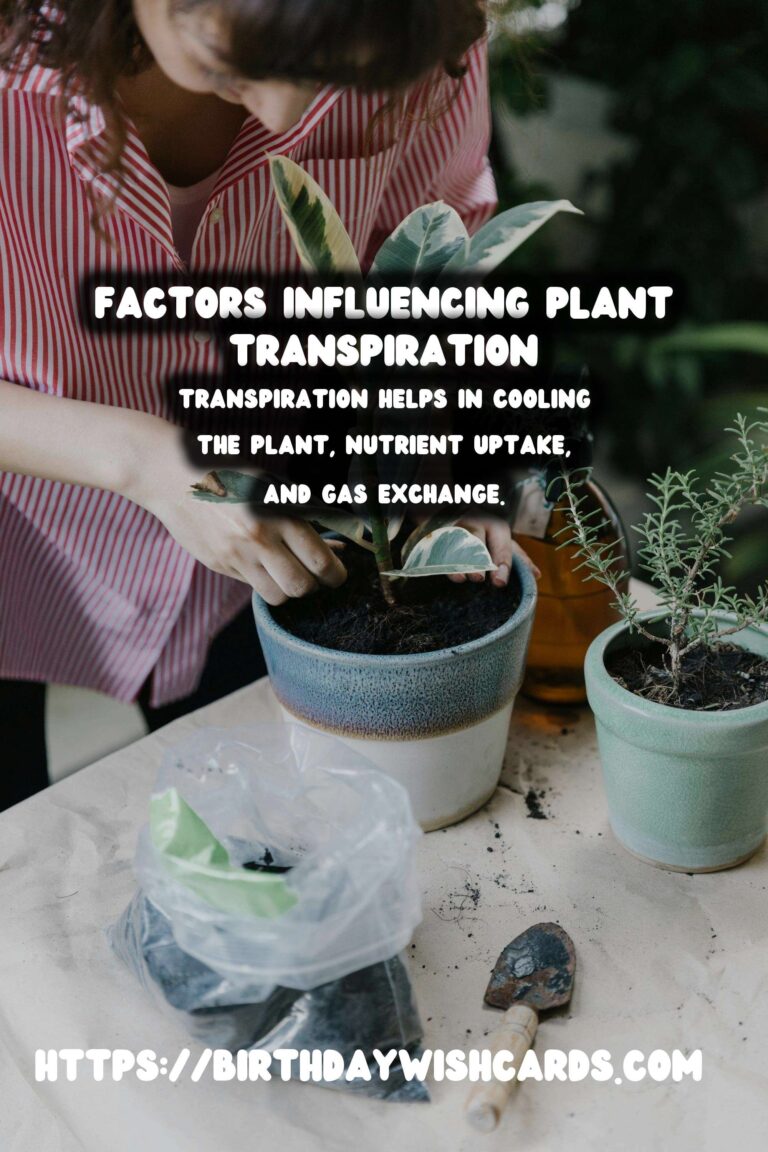
Plant transpiration is a crucial physiological process that plays a vital role in plant growth and survival. It involves the movement of water from the roots through the plant and its eventual evaporation from the leaves. This process not only helps in cooling the plant but also in nutrient uptake and gas exchange.
What is Plant Transpiration?
Transpiration is essentially the process by which moisture is carried through plants from roots to small pores on the underside of leaves, where it changes to vapor and is released to the atmosphere. Transpiration accounts for the movement of water within the plant and is a key element in the water cycle.
Importance of Transpiration
Transpiration serves several important functions in plants. It helps in maintaining the water balance within the plant, facilitates the transport of nutrients and minerals from the soil to different parts of the plant, and aids in the cooling of the plant through evaporation. Furthermore, it creates a negative pressure gradient that helps in the upward movement of water from the roots to the leaves.
Factors Affecting Transpiration Rate
Several factors can influence the rate of transpiration in plants. Understanding these factors can help in optimizing plant growth and health.
Environmental Factors
Light: Light intensity affects the rate of transpiration. During the day, stomata (pores on the leaf surface) open to allow gas exchange, which increases transpiration.
Temperature: Higher temperatures can increase the rate of transpiration by causing water to evaporate more quickly from the leaf surface.
Humidity: Humidity levels inversely affect transpiration. Lower humidity levels increase transpiration rates as the gradient between internal leaf moisture and the external environment is greater.
Wind: Wind can remove the saturated air layer around the leaf surface, thus enhancing transpiration by increasing the gradient.
Biological Factors
Leaf Surface Area: Larger leaf areas provide more surface for transpiration.
Stomatal Density: A higher density of stomata can increase the rate of transpiration.
Plant Type: Different species have different transpiration rates based on their adaptation to environmental conditions.
Managing Transpiration for Plant Health
Managing the rate of transpiration is crucial for maintaining plant health. This can be achieved by controlling environmental conditions such as humidity and temperature, ensuring adequate water supply, and selecting appropriate plant species for specific climates.
Understanding the factors that affect transpiration can help in developing strategies for effective plant care and ensuring optimal growth conditions.
Plant transpiration is a crucial physiological process that involves the movement of water through the plant and its evaporation from the leaves. Transpiration helps in cooling the plant, nutrient uptake, and gas exchange. Factors such as light, temperature, humidity, and wind significantly affect the rate of transpiration. Biological aspects like leaf surface area, stomatal density, and plant type also influence transpiration. Managing transpiration is essential for maintaining plant health and optimizing growth. 

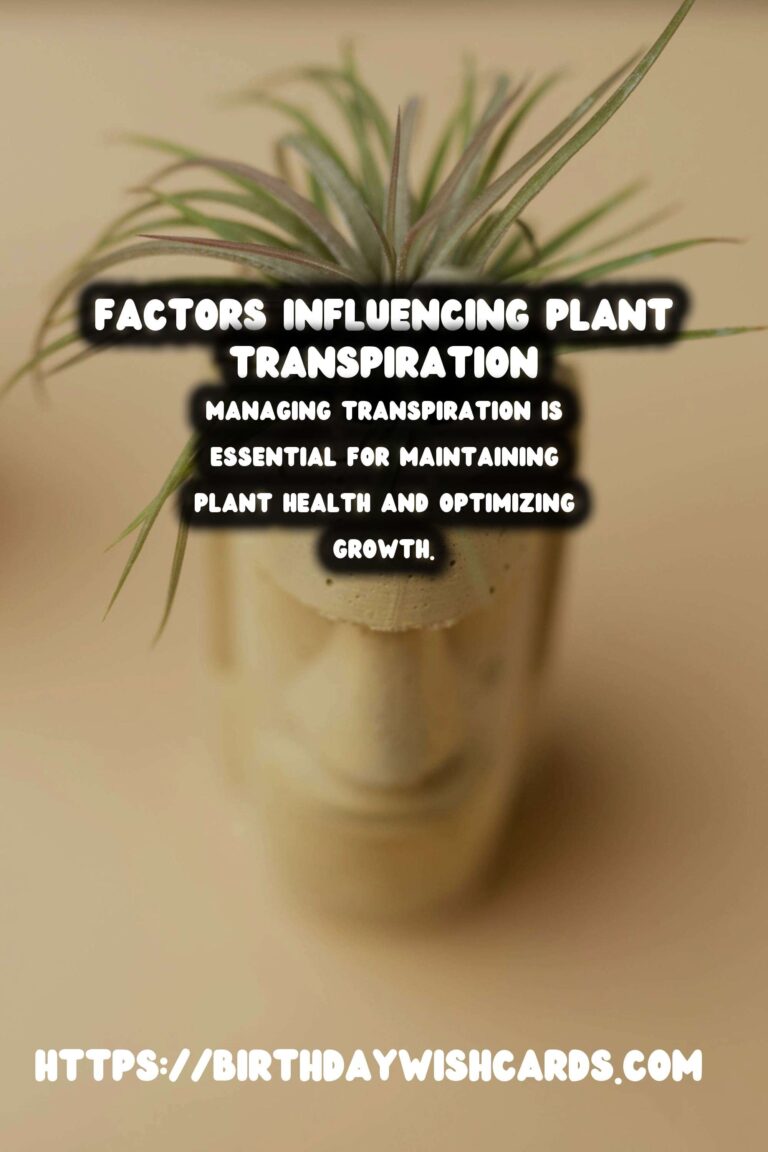
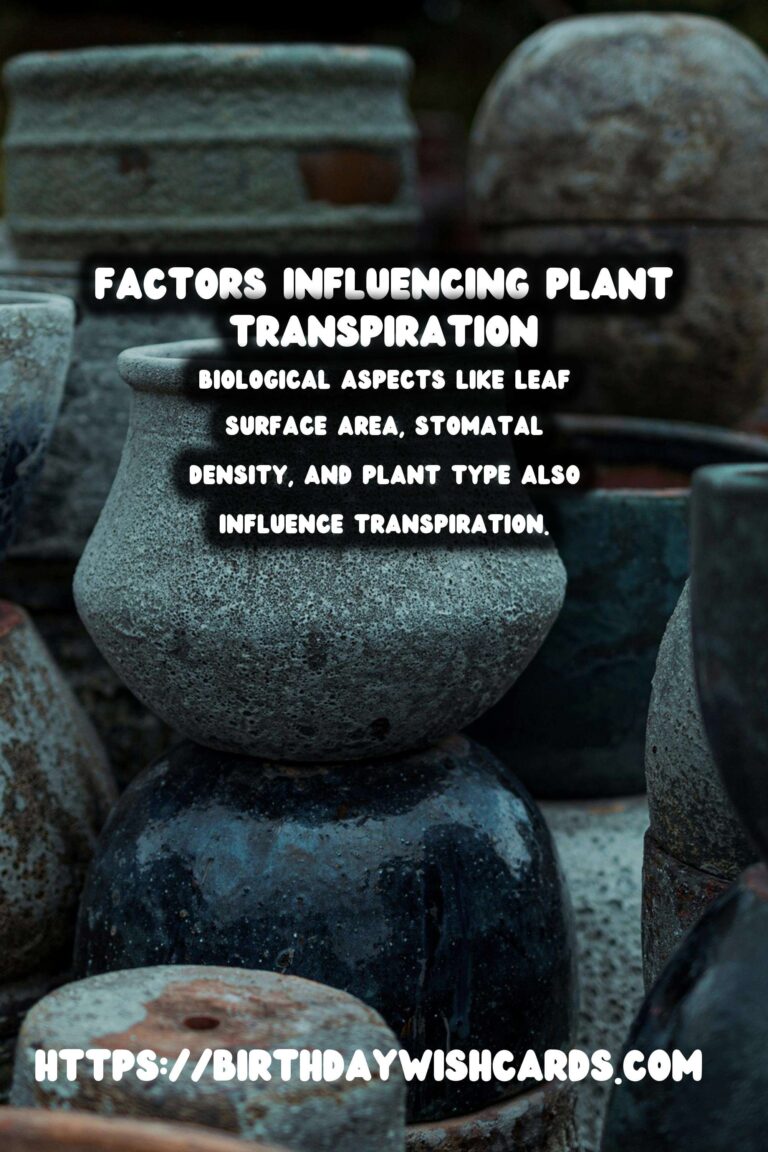
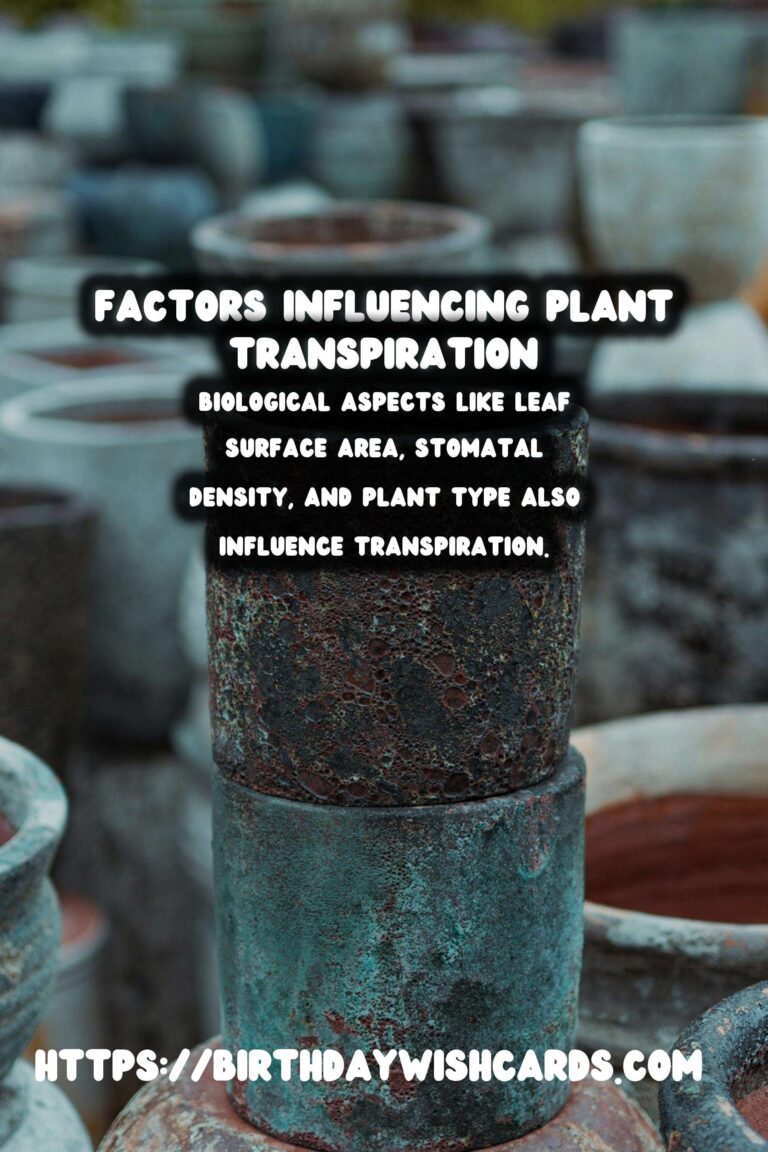

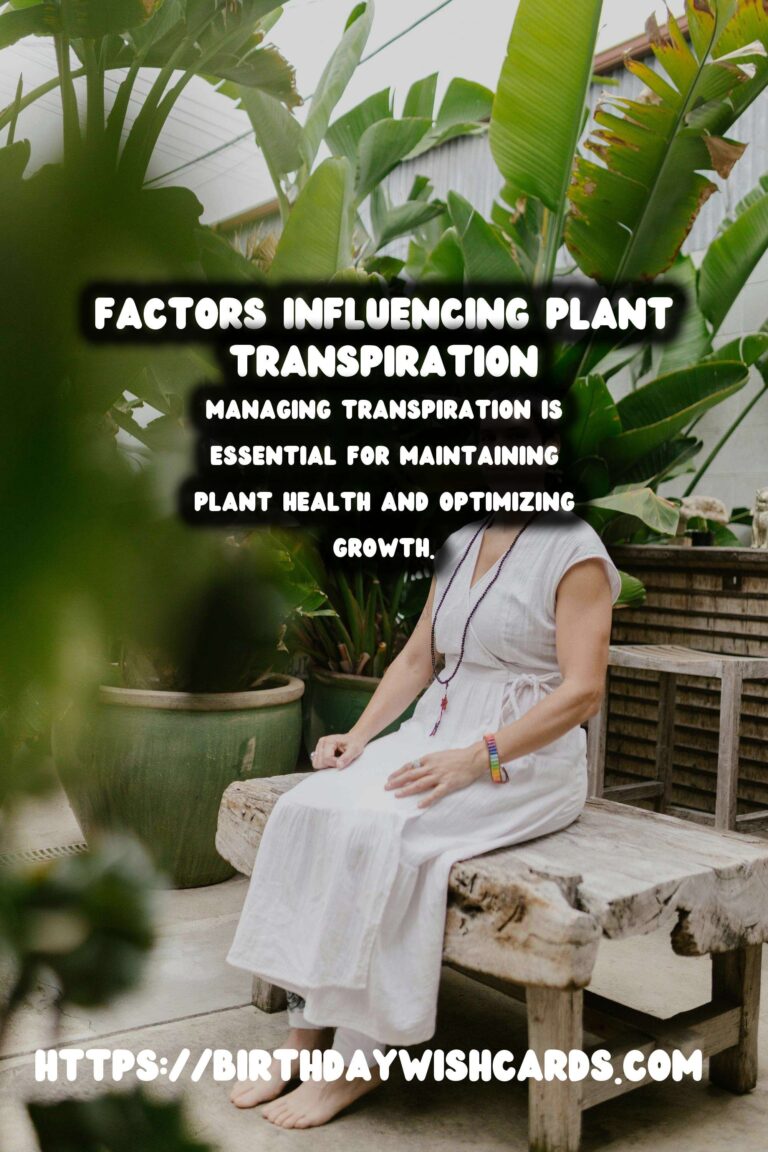


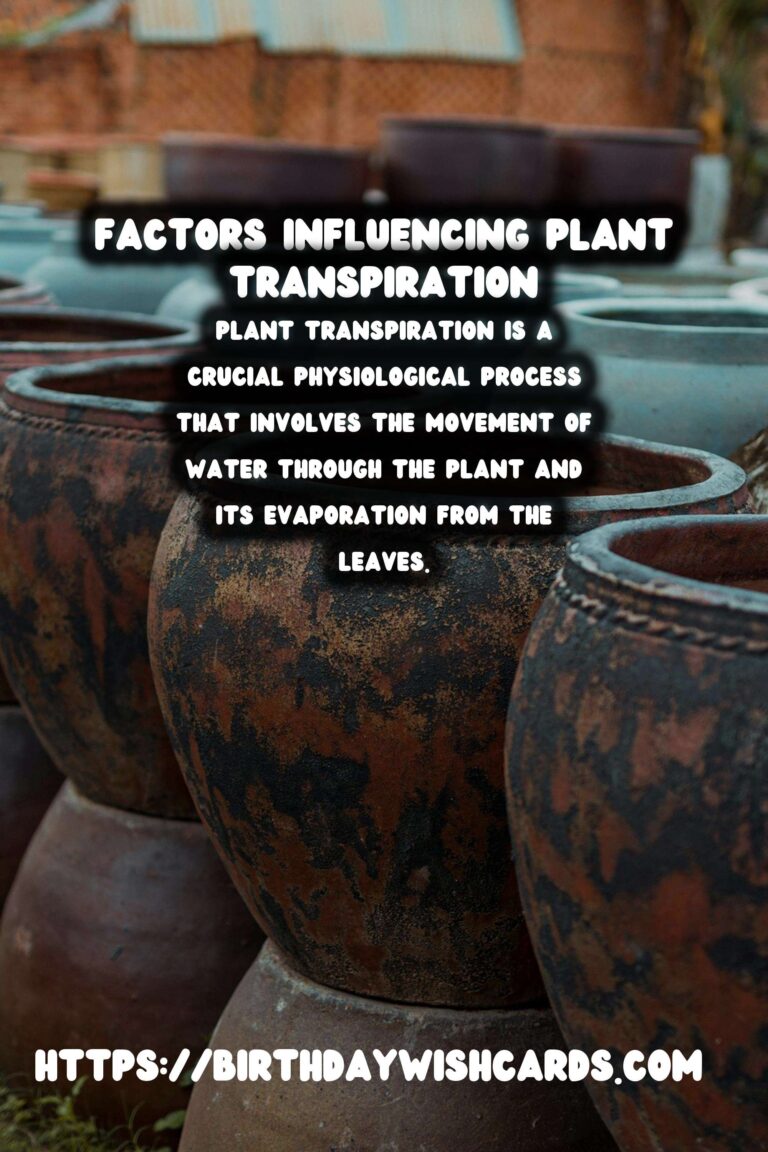
#PlantTranspiration #Botany #PlantCare




